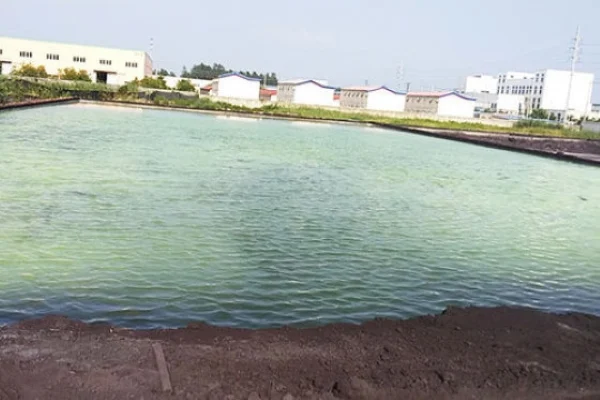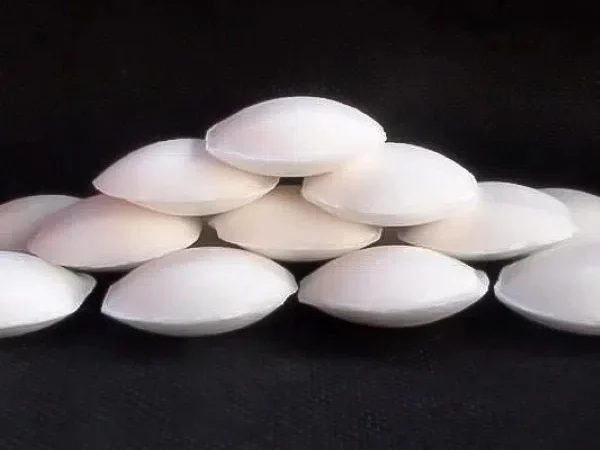
In the current context of continuously improving environmental management levels and increasingly stringent requirements, many fields that utilize cyanides generate a significant amount of harmful waste liquid. If not properly utilized, it can pose risks to human health. To achieve the dual goals of non - waste and non - harm, Recycling methods can be adopted to address this issue.
Acidification Method
The main principle of this method is to add sulfuric acid to cyanide - containing wastewater such as Sodium cyanide wastewater and adjust the pH to around 1.5. This converts CN - into HCN. Since the boiling point of HCN is extremely low, only 26.5℃, it can escape from the solution at room temperature. The escaped HCN gas is introduced into an absorber and absorbed by an alkaline solution (sodium hydroxide or calcium hydroxide solution). As a result, a 20% - 30% cyanide solution is obtained, which can be recycled.
Ion - Exchange Method
Anion - exchange resins have a strong affinity for various metal - cyanide complex ions in cyanide - containing wastewater. Through the processes of adsorption and desorption, Cyanides and valuable metals in the wastewater can be removed. The advantage of this method is that the purified water quality is good and stable. However, anion - exchange resins have small particle sizes and insufficient mechanical strength. Moreover, the process is relatively complex, with high operation difficulty and high costs.
Activated Carbon Adsorption Method
Activated carbon has a rich microporous structure and surface hydrophobicity, and it has an extremely strong affinity for toxic substances in water. Therefore, the activated carbon adsorption method has always been one of the most effective methods for removing low - concentration toxic substances in water. The adsorption effect of activated carbon mainly depends on its numerous internal pores and large specific surface area.
To ensure that cyanides such as Sodium Cyanide have not leaked, inspectors regularly test the water quality to determine the scope of cyanide contamination. If necessary, the warning area is expanded. Both inspectors and on - site treatment personnel should wear rubber oil - resistant protective gloves.
In conclusion, proper treatment and recycling of Cyanide waste liquid are crucial for environmental protection and resource conservation. By implementing these methods and ensuring strict monitoring, we can minimize the negative impacts of cyanide - containing waste on the environment and human health.
- Random Content
- Hot content
- Hot review content
- industry Electric Detonator
- Ferrous Sulfate Industrial Grade 90%
- Barium carbonate 99% powder
- Hydrogen Peroxide
- butyl vinyl ether
- 97% 2-Hydroxypropyl methacrylate
- Pharmaceutical Intermediate Glycine with High Quality 99%
- 1Discounted Sodium Cyanide (CAS: 143-33-9) for Mining - High Quality & Competitive Pricing
- 2China's New Regulations on Sodium Cyanide Exports and Guidance for International Buyers
- 3Sodium Cyanide 98% CAS 143-33-9 gold dressing agent Essential for Mining and Chemical Industries
- 4International Cyanide(Sodium cyanide) Management Code - Gold Mine Acceptance Standards
- 5China factory Sulfuric Acid 98%
- 6Anhydrous Oxalic acid 99.6% Industrial Grade
- 7Oxalic acid for mining 99.6%
- 1Sodium Cyanide 98% CAS 143-33-9 gold dressing agent Essential for Mining and Chemical Industries
- 2High Quality 99% Purity of Cyanuric chloride ISO 9001:2005 REACH Verified Producer
- 3Zinc chloride ZnCl2 for High Molecular Weight Polymers Initiator
- 4High Purity · Stable Performance · Higher Recovery — sodium cyanide for modern gold leaching
- 5High Quality Sodium Ferrocyanide / Sodium Hexacyanoferr
- 6Gold Ore Dressing Agent Safe Gold Extracting Agent Replace Sodium Cyanide
- 7Sodium Cyanide 98%+ CAS 143-33-9











Online message consultation
Add comment: